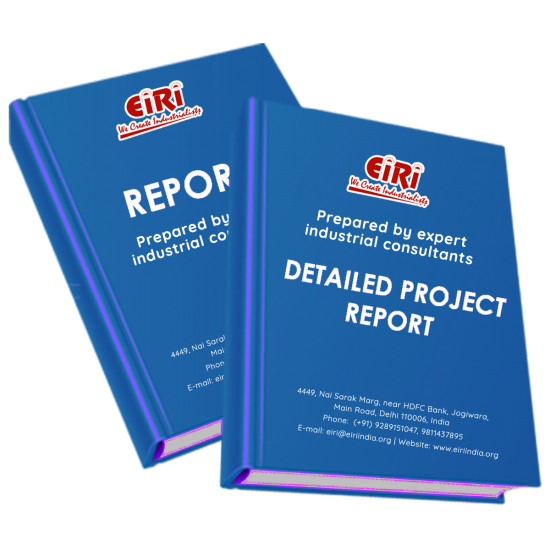FREEZE DRYER PROCESSING PLANT-TRANSPORTABLE
The project report includes Present Market Position and Expected Future Demand, Market Size, Statistics, Trends, SWOT Analysis and Forecasts. Report provides a comprehensive analysis from industry covering detailed reporting and evaluates the position of the industry by providing insights to the SWOT analysis of the industry.
We can prepare PROJECT REPORT as per your INVESTMENT PLAN for BANK LOAN REQUIREMENT and INDUSTRY ANALYSIS. All reports are prepared by highly qualified consultants and verified by a panel of experts.
Have Query? Click Here to Chat
Industry Expert is Online, Chat with him for more detail.

Freeze Drying, also known as lyophilization, is a process that is used for sample preparation. With its unique preservation properties, freeze drying has a large variety of applications with an ever-growing list of new uses each year. Freeze drying is a process in which a completely frozen sample is placed under a vacuum in order to remove water or other solvents from the sample, allowing the ice to change directly from a solid to a vapour without passing through a liquid phase. This process, called sublimation, along with the minimal heat input that is required, is ideal because of the long-term preservation properties it provides to the integrity of the sample’s biological and chemical structure. Lyophilization can be achieved in various volumes, from small at-home freeze dryers all the way up to large, production-scale equipment.
The first major utilization of freeze drying was during World War II, for the transportation of blood, serum and penicillin. Since the development of these modern freeze-drying techniques, lyophilization technology has continued to advance and has been used for a broad spectrum of applications in a variety of fields. Laboratory freeze dryers are commonly used for research in biological and environmental disciplines, as well as in the research and development of many modern medicines.
In the home, lyophilizers are most commonly used to freeze dry foods. This form of preservation not only extends the shelf-life of foods, but has also been shown to lock in important nutrients and enhance flavor of things like fruits, vegetables, meats, and even coffee.
To successfully freeze dry a sample, your equipment will need to meet certain requirements. First, the collector coil of your freeze dryer will need to be 15-20 degrees colder than the freezing point of your sample in order to trap the water vapour that is being released. You will also need a vacuum pump that can reach a minimum of .020 mBar. This deep vacuum establishes negative pressure, forcing the free-flowing water molecules that have left the sample via sublimation to evacuate the environment around the sample and travel to the collector coil. You will also need to have a drying accessory, such as: a manifold, chamber or tray dryer, and glassware or trays to contain your sample. Although not required, an end-point detection system makes the (sometimes days-long) freeze-drying method easier to manage by keeping you informed of when your sample has finished drying.
It is intended to prepare a Feasibility Report to install a Transportable Freeze Dryer Processing Plant at 3 locations for frozen fruits with a production capacity of 240 Kg/Day for each location with a total of 720 Kg/day as a Green Field Project.



